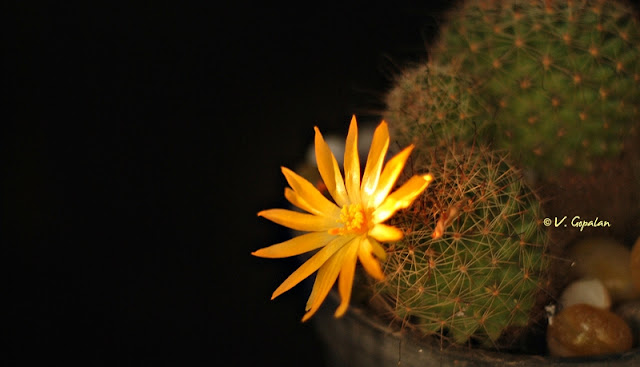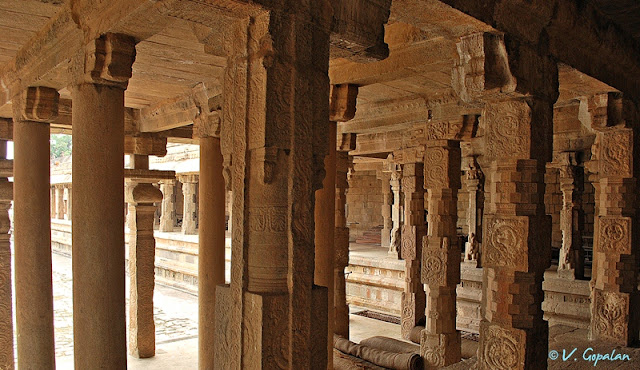“If men had wings and bore black feathers, few of
them would be clever enough to be crows”
(Rev. Henry Ward
Beecher, mid-1800s)

The Crow- is probably the most misunderstood and least photographed bird! I am a great lover of this creature as they are smartest of birds and are always hyperactive! They are totally different in their color and voice! Both these characters make them least loved.

But as for intelligence - they are the smartest of all birds! A study made in 2004 revealed that crows are more intelligent than Bonobo chimpanzees. In other words, crows are the smartest creatures on earth, after humans. This is why many scientists refer to these birds as ‘feathered apes’.

Because of their intelligence they can adopt skilfully to their surroundings. They can mimic various sounds and have a highly specialized language for communication. Crows have a complex language and each “caw” can have a different meaning. They can warn a dangerous situation, they can mimic the sounds made by other animals, or they can even learn how to associate noises with certain events.

The brain-body ratio of a crow is the biggest among all bird species. Crows also have well developed forebrains. As for the anatomy of a crow brain, this is quite similar to human brain. The forebrain is also the biggest area in the brain of a crow. This is where the higher intelligence is supposed to be.

Crows can skilfully construct the tools for food! Well, this fact has put up the scientific world in intrigue. Making tools was only known to be performed among humans and apes, like, chimpanzees. This new finding has bewildered the scientific community. Crows have the ability to judge the character of human beings by reading their faces and expressions.
Marzluff & Angell*, the authors of the book ‘Gifts of the Crow’ detail in their book how crows use and manufacture tools and show forethought, for instance by planning where to stash their food for tomorrow’s breakfast. According to them they have remarkable memories for where they have hidden their caches.
Crows can even recognize individual humans and determine which are dangerous and which are not.

Thanks to
a series of scientific experiments on the performance of crows, we now know
that Aesop’s fable The Crow and the Pitcher, in which a bird used stones
to raise the water level in a jug to quench its thirst, is fact rather than
fiction.
Crows devote much of their time to play — important, say Marzluff and Angell, because we “build better brains through play”. What we are now sure is that our
knowledge about the crows is very limited - but what we are not sure is how
much they know about us!
Reference:
1. ARE CORVIDS ‘FEATHERED APES’?, COMPARATIVE ANALYSIS OF MIND, Nathan J. Emery, Department of Zoology, University of Cambridge
2. A Murder of Crows - Nature PBS
3. The Secret Lives of Tool-Wielding Crows By Larry Greenemeier, Scientific American















































